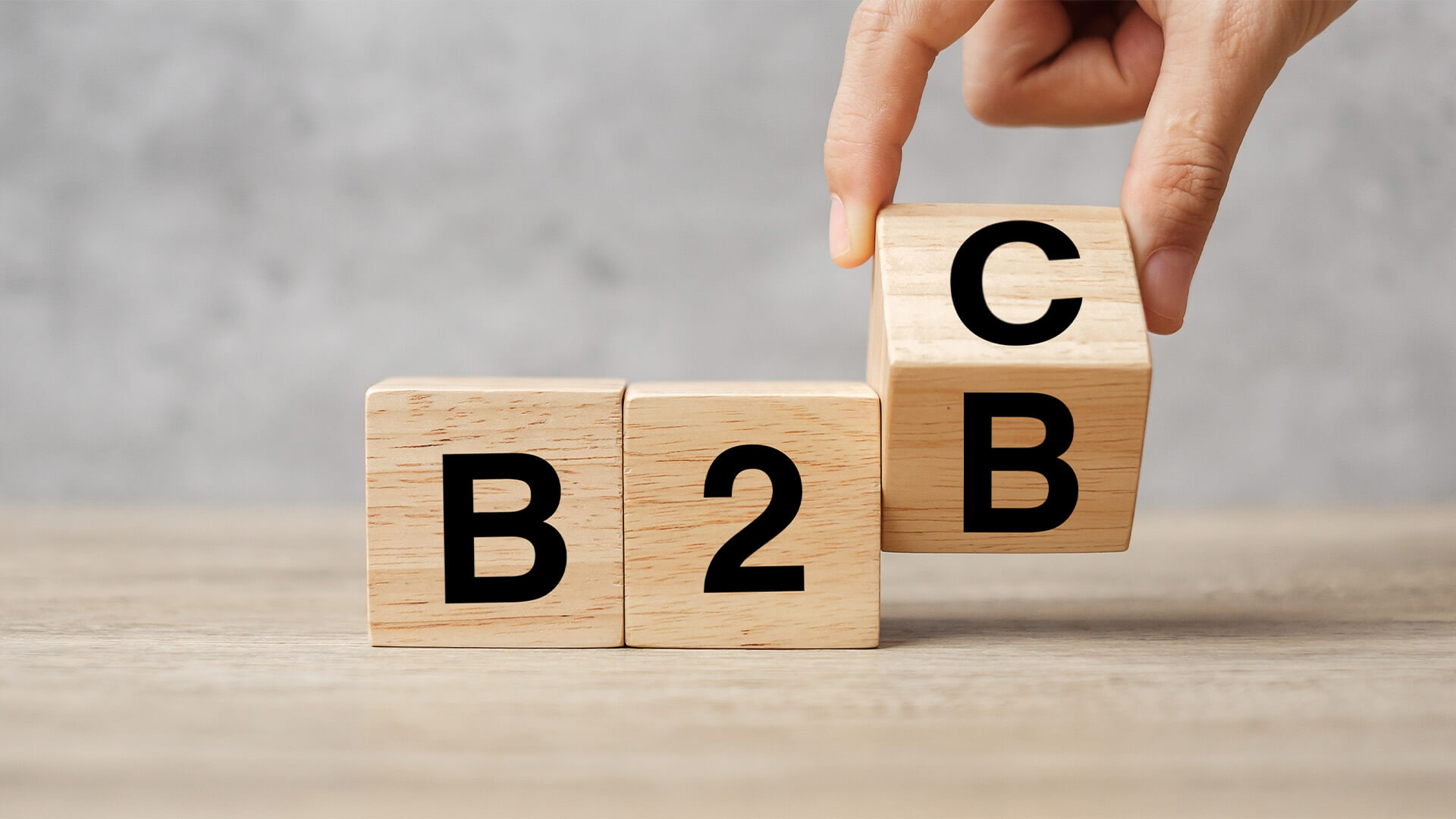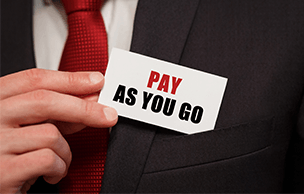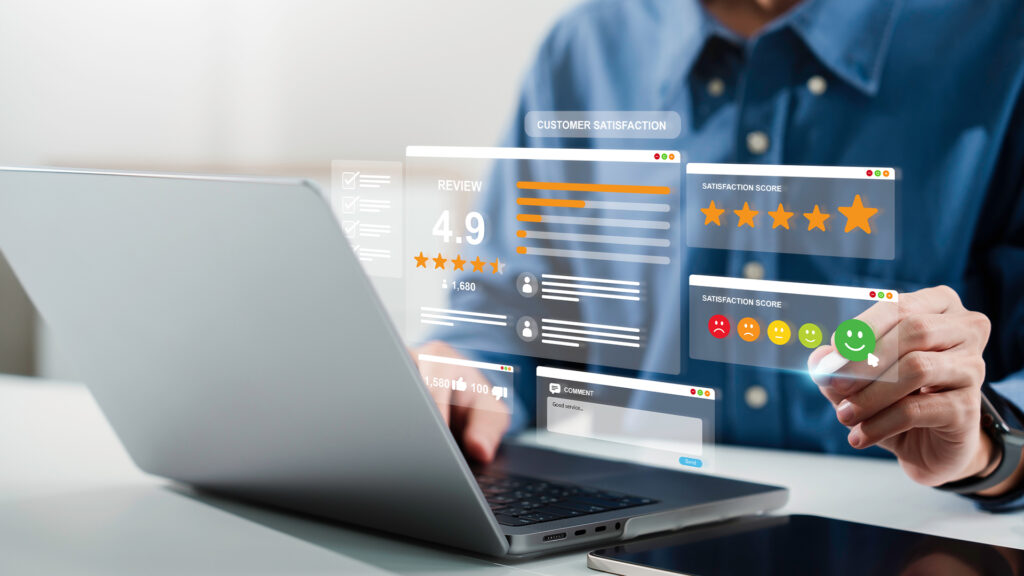There are some key differences between B2C and B2B sales. The main is the buyer – consumers are viewed as individuals, whereas B2B buyers are part of an entire company network. The target demographic for B2C sales can vary dramatically, whereas 73% of buyers involved in the decision-making process for B2B sales are millennials. Despite the differences, 85% of B2B buyers state they want an experience similar to the one they have as a consumer themselves.
With that in mind, how can B2B and B2C brands approach sales differently to suit the target audience? Let’s explore.
The B2B Sales Approach
The B2B sales approach targets logic-based buying habits. Buyers are making purchasing decisions based on the needs of the company and what logically makes sense, rather than the emotion of being drawn to a particular product. B2B sales have higher order values, longer sales cycles, and more people involved in that sales cycle.
Still, despite this, the statistics show that buyers are looking for a more B2C-like sales experience. Gartner attributes this to the growing expectation of self-serve options. 44% of millennials involved in the decision-making process would prefer no contact with sales reps at all. Without the contact between sales reps and buyers, how can B2B brands foster a fruitful working relationship? Revert to B2C sales and marketing strategies that nurture a buyer relationship without being invasive, like incentive programs.
The B2B loyalty platform from Incentivesmart is the perfect example of an incentive programme that creates a long-lasting working relationship without the need for communication – much like the loyalty reward programmes that work so well within the B2C industry.
Sellers should also find ways to make the long sales cycle less arduous for buyers by providing them with the information they need throughout the buying cycle. 77% of buyers thought their last decision-making process was complex and that B2B brands that provide them with the information they need to complete sales will make buyers 2.3 times more likely to spend more – according to Gartner.
The B2C Sales Approach
The B2C sales approach is very personalised and focuses on the masses rather than the individual needs. Personalised ads that guide consumers towards the end sale are a big focus in the B2C industry – and one that the likes of artificial intelligence are making easy to achieve.
B2C is also a hands-off sales approach. Despite personalised ads, consumers rarely contact companies before purchasing a product, whereas most B2B buyers will need to communicate with a brand before making the final purchasing decision.
Then there’s the emotional side of B2C sales that’s completely different to B2B – that’s not to say there isn’t a degree of emotion involved in B2B sales. The Harvard Business Review studied emotion-driven sales and found that 95% of sales start with emotions. The issue is that there’s no set formula for connecting with consumers emotionally, but here are some ways to achieve it:
- Create emotive stories for consumers to connect to.
- Create trust and meaningful relationships – reward programmes are great for this.
- Personalise each individual experience where possible.
- Identify the emotional triggers of the target audience.
How The Two Different Industries Are Merging Sales Expectations
The two industries may target very different demographics, but those two demographics are intertwining more than ever. Because 73% of buyers involved in the decision-making process of B2B sales are millennials, there’s a shift in the way they expect to interact with brands that look very much like a B2C way of operating.
McKinsey & Company released an article titled The New Growth Equation that highlighted how B2B sales are going digital, much like B2C. Two-thirds of buyers in 2021 opted for a self-service, totally digital sales approach. The result benefits the buyer and the business – companies involved in the McKinsey survey were also unanimous that their new digital sales model is better than the pre-pandemic sales model.
That’s not the only way the two industries are merging – B2B buyers and sellers are now embracing the omnichannel experience as the B2C companies and consumers have done for years. In 2016, B2B brands would utilise five different sales channels compared to the ten channels they now use.
The two industries might operate differently, but their sales experience is slowly blending into one. That’s primarily linked to the digitisation of the B2B industry and the buyers involved in purchasing decisions. The is a more streamlined sales cycle for the B2B industry, solving issues that once plagued the B2B supply chain.


























